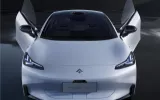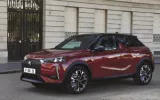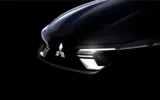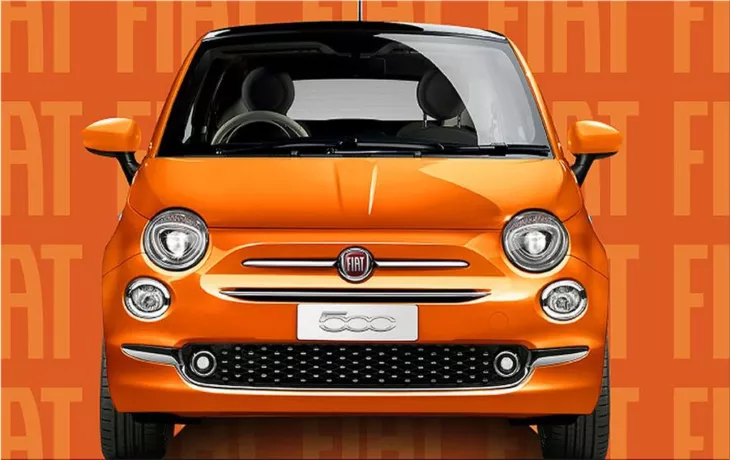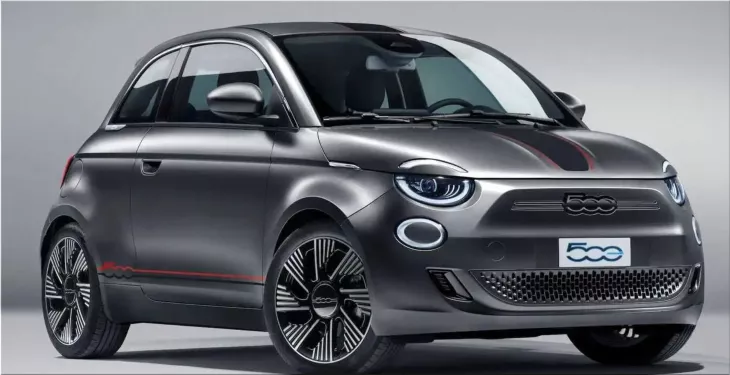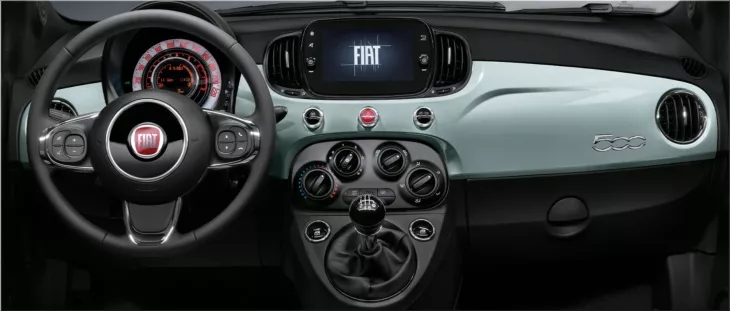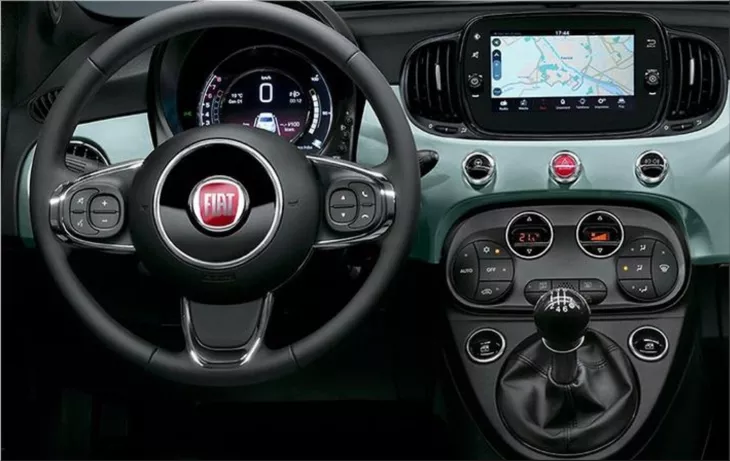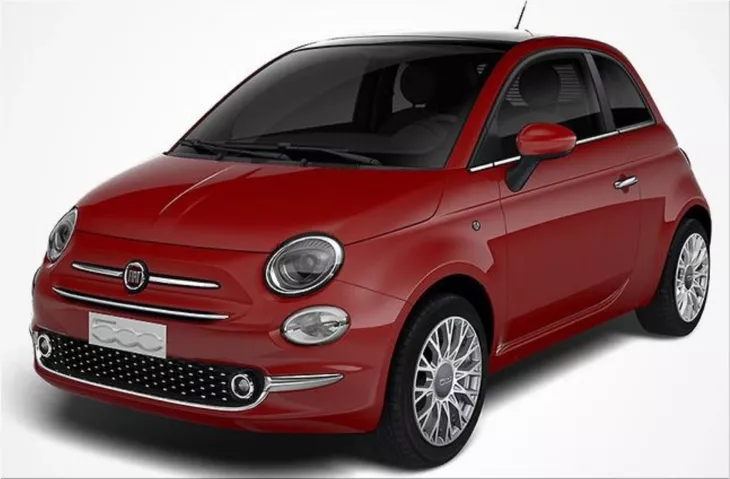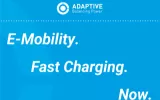The Fiat 500 is a small car with a big personality. It has been around since 1957, launched as a cheap and cheerful city car for post-war Italy. Since then, it has evolved into a modern and stylish electric vehicle that combines retro charm with cutting-edge technology. But what makes the Fiat 500 so popular in Germany, a country known for its love of powerful and premium cars?
In this article, we will explore the reasons behind the Fiat 500’s success in the German market, where it became the best-selling car overall in October 2023, beating all the local brands and models. We will also look at the features and benefits of the Fiat 500 electric and how it compares to its rivals in the small EV segment.
The Fiat 500’s Appeal in Germany
According to the official data from the German Federal Motor Transport Authority (KBA), the Fiat 500 registered 6,945 units in October 2023, an increase of 22.6% compared to the same month last year. This was enough to make it the most popular car in Germany, ahead of the Volkswagen Golf, Passat, T-Roc, Tiguan, and the Mercedes GLC, Opel Corsa, and VW Polo.
This is a remarkable achievement for the Fiat 500, which is the first foreign model to top the German sales charts since the Tesla Model Y in September 2022. It is also the second time in its history that the Fiat 500 has reached the number one spot in Germany, after November 2022, when it benefited from the end of the environmental bonus for commercial vehicles.
So, what makes the Fiat 500 so appealing to German buyers? Several factors contribute to its success, such as:
- Design: The Fiat 500 is a car that stands out from the crowd with its distinctive and iconic shape, inspired by the original model from the 1950s. The Fiat 500 preserves the classic elements of the 500, such as the round headlights, the chrome trim, and the logo on the front, while adding some modern touches, such as the LED signature, the aerodynamic grille, and the electric badge. The Fiat 500 is also available in three body styles: hatchback, cabrio, and 3+1, which features a small rear door on the passenger side for easier access. The Fiat 500 offers a wide range of colors, wheels, and customization options, allowing buyers to create unique and personal cars.
- Performance: The Fiat 500 electric is a car that delivers a fun and agile driving experience, thanks to its electric motor and battery. The Fiat 500 electric has two battery options: a 24 kWh battery that provides up to 118 miles of range and a 42 kWh battery that offers up to 199 miles. The Fiat 500 electric also features a fast charging system that can recharge up to 80% of the battery in 35 minutes or add 50 miles of range in just 5 minutes. The Fiat 500 electric has a power output of 94 hp or 118 hp, depending on the battery, and can accelerate from 0 to 62 mph in 9.5 seconds or 9 seconds, respectively. The Fiat 500 electric also has a one-pedal driving mode, allowing the driver to use the accelerator pedal to speed up and slow down while recovering kinetic energy and recharging the battery.
- Technology: The Fiat 500 electric is a car that offers a high level of technology and connectivity, making it a smart and safe companion for urban mobility. The Fiat 500 electric is equipped with a 10.25-inch touchscreen infotainment system, compatible with Apple CarPlay and Android Auto, and a 7-inch digital instrument cluster, which displays all the relevant information about the car and the driving mode. The Fiat 500 electric also has a wireless charging pad, a keyless entry and start system, and a smartphone app that allows the driver to monitor and control the car remotely. The Fiat 500 electric is also the first small car to feature level 2 autonomous driving, which means it can assist the driver with steering, braking, and accelerating, as well as keeping a safe distance from other vehicles and staying in the lane. The Fiat 500 electric has a range of advanced safety features, such as adaptive cruise control, lane keep assist, blind spot detection, traffic sign recognition, emergency braking, and rear cross-path alert.
- Sustainability: The Fiat 500 electric is a car that respects the environment and future generations by reducing its emissions and its impact on the planet. The Fiat 500 electric is zero-emission and eco-friendly in its materials and production. The Fiat 500 electric uses recycled and natural fabrics, such as wool and leather, for its seats and dashboard and bioplastic and biodegradable materials for its components. The Fiat 500 electric is also produced in a carbon-neutral factory, powered by solar panels and wind turbines, and certified by the DNV GL.
The Fiat 500’s Competition in Germany
The Fiat 500 electric is not Germany's only small electric car. There are several other models that compete in the same segment, such as the Smart EQ Fortwo, the Honda e, the Mini Electric, the Peugeot e-208, and the Renault Zoe. How does the Fiat 500 electric compare to these rivals?
- Smart EQ Fortwo: The Smart EQ Fortwo is the smallest and cheapest electric car in Germany, with a starting price of $24,000 and a length of 8.8 feet. It has a 17.6 kWh battery providing up to 70 miles of range and an 80 hp electric motor reaching a top speed of 81 mph. The Smart EQ Fortwo is ideal for city driving, thanks to its compact size, easy maneuverability, and low running costs. However, it has limited space, with only two seats, a tiny trunk, and a piece of basic equipment, with no touchscreen or autonomous driving features.
- Honda e: The Honda e is a stylish and futuristic electric car with a starting price of $36,000 and a length of 12.3 feet. It has a 35.5 kWh battery that provides up to 138 miles of range, and a 134 hp or 152 hp electric motor, depending on the version, that can accelerate from 0 to 62 mph in 9 seconds or 8.3 seconds, respectively. The Honda e is a fun and agile car with a rear-wheel drive, a low center of gravity, and a tight turning circle. It also has a high-tech interior, with a dual-screen infotainment system, a digital rearview mirror, and a side camera system. However, it has a small trunk, a high price, and a low efficiency.
- Mini Electric: The Mini Electric is a sporty and iconic electric car with a starting price of $38,000 and a length of 12.8 feet. It has a 32.6 kWh battery provides up to 145 miles of range and an 181 hp electric motor that can sprint from 0 to 62 mph in 7.3 seconds. The Mini Electric is a dynamic and responsive car with sharp handling, firm suspension, and strong acceleration. It also has a premium and customizable interior, 8.8-inch touchscreen, a head-up display, and a wireless charging pad. However, it has a cramped rear seat, a small trunk, and a high price.
- Peugeot e-208: The Peugeot e-208 is a sleek and modern electric car with a starting price of $39,000 and a length of 13.5 feet. It has a 50 kWh battery providing up to 217 miles of range and a 136 hp electric motor reaching a top speed of 93 mph. The Peugeot e-208 is a comfortable and refined car with a smooth ride, a quiet cabin, and good visibility. It also has a spacious and elegant interior, with a 10-inch touchscreen, a 3D digital instrument cluster, and a leather steering wheel. However, it has a high price, low reliability, and a complicated infotainment system.
- Renault Zoe: The Renault Zoe is the best-selling electric car in Europe, with a starting price of $33,000 and a length of 13.4 feet. It has a 52 kWh battery that provides up to 245 miles of range and a 108 hp or 134 hp electric motor, depending on the version, that can reach a top speed of 87 mph or 90 mph, respectively. The Renault Zoe is a practical and efficient car with a large trunk, a roomy cabin, and a low running cost. It also has a simple and functional interior, with a 9.3-inch touchscreen, a wireless charging pad, and a smartphone app. However, it has a low-quality finish, poor handling, and a slow charging speed.
The Fiat 500’s Prospects in Germany
The Fiat 500 electric has proven to be a successful and popular car in Germany, thanks to its design, performance, technology, and sustainability. It has also benefited from favorable market conditions, such as the high demand for electric vehicles, generous government incentives, and low-interest rates. However, the Fiat 500 electric also faces some challenges and threats in the German market, such as:
- Competition: The Fiat 500 electric is not Germany's only small electric car. There are several other models that compete in the same segment, such as the Smart EQ Fortwo, the Honda e, the Mini Electric, the Peugeot e-208, and the Renault Zoe. These rivals offer different features and benefits, such as a lower price, a longer range, a larger space, or a better quality. The Fiat 500 electric will have to maintain its competitive edge and differentiate itself from the others by highlighting its unique selling points and value proposition.
- Regulation: The Fiat 500 electric is subject to the regulations and standards of the European Union, which are constantly evolving and changing. For example, the EU has recently proposed a new legislation that would ban the sale of new petrol and diesel cars by 2035, and require all new cars to emit zero CO2 by 2030. This means that the Fiat 500 electric must comply with the stricter emission and efficiency requirements and adapt to the changing consumer preferences and expectations.
- Infrastructure: The Fiat 500 electric depends on the availability and accessibility of the charging infrastructure, which is still underdeveloped and unevenly distributed in Germany. According to the latest European Alternative Fuels Observatory (EAFO) data, Germany has 44,538 public charging points, of which 6,672 are fast chargers. This is equivalent to one charging point for every 10 electric vehicles, below the EU average of one for every seven. The Fiat 500 electric will have to overcome the barriers and challenges of the charging network, such as the lack of standardization, interoperability, and affordability.
The Fiat 500’s Future in Germany
The Fiat 500 electric is a car that has a bright and promising future in Germany, as it has already demonstrated its potential and popularity in the market. The Fiat 500 electric is a car that meets the needs and wants of German consumers looking for a small, stylish, smart, and sustainable electric vehicle. The Fiat 500 electric is also a car that benefits from the opportunities and trends of the market, such as the growing demand for electric vehicles, the generous government incentives, and the low-interest rates.
However, the Fiat 500 electric car has to face the challenges and threats of the market, such as intense competition, changing regulations, and inadequate infrastructure. The Fiat 500 electric will have to overcome these obstacles and risks by improving its performance, quality, and efficiency and enhancing customer service, satisfaction, and loyalty.
The Fiat 500 electric is a car that has a lot to offer and a lot to prove in Germany, a country that loves cars and innovation. The Fiat 500 electric is a car that can make history and break records, as it has already done in October 2023, when it became the best-selling car in Germany. The Fiat 500 electric car can win the hearts and minds of German buyers looking for a car that is more than just a car but a lifestyle and a statement. The Fiat 500 electric is a car that can change the game and the industry, as it has already done in the past when it revolutionized the small car segment. The Fiat 500 electric car can be a leader and a legend, as it has always been since 1957.

